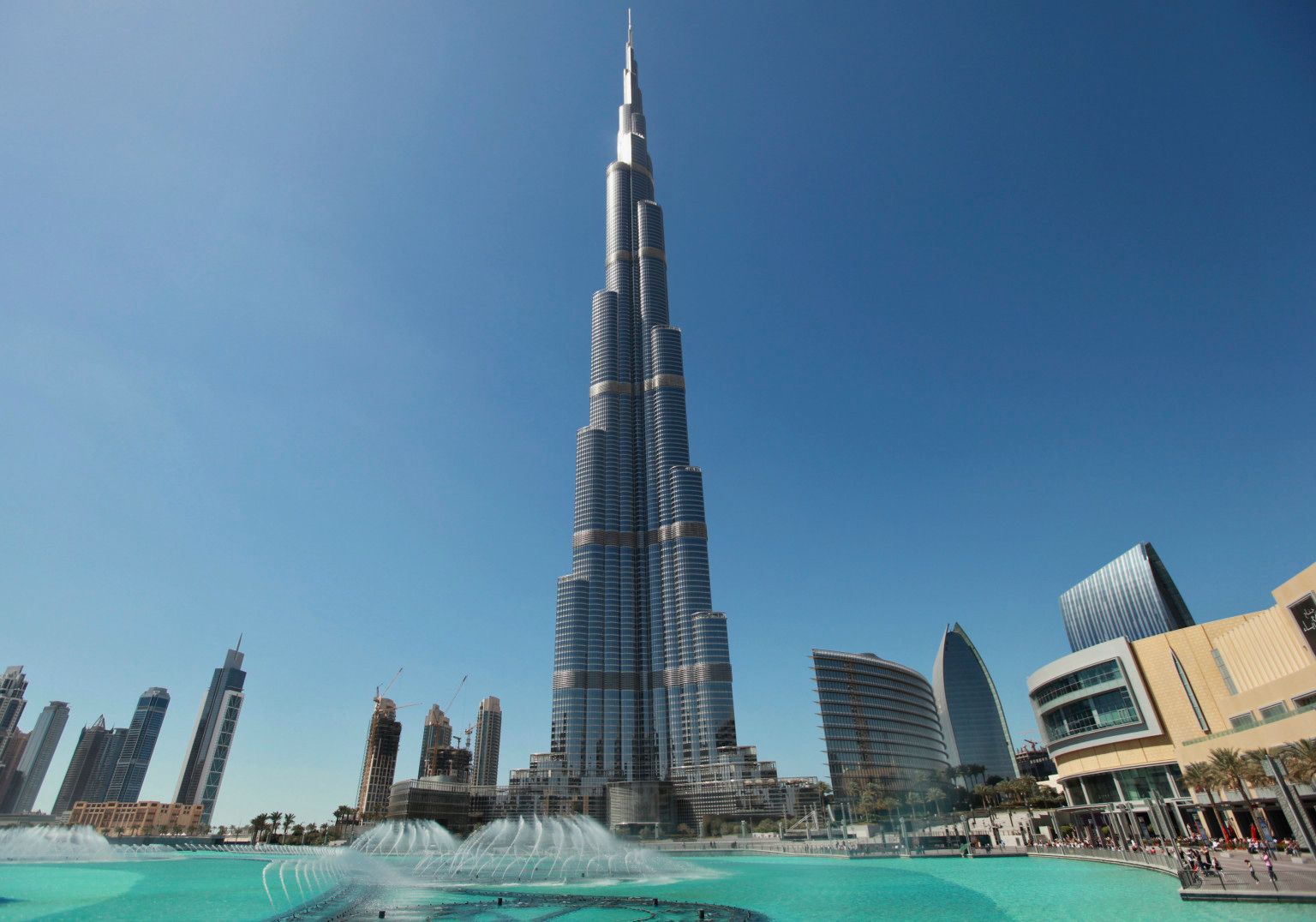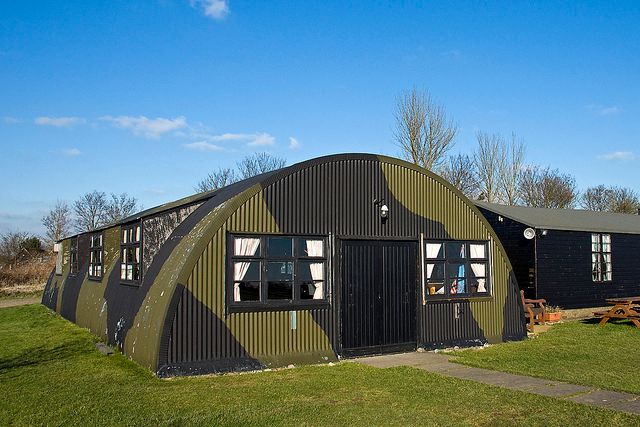Material Choice - Steel
Rethinking steel – the material of choice.
Think of a steel construction and what springs to mind? A Nissen hut left over from the war, a run-down farm building? Think again. What if I ask what do the Empire State Building, the Brooklyn Bridge and the Burj Khalifa, the world’s tallest building have in common? It is obvious when I write it like this of course; they are all made from steel. Perhaps skyscrapers are not your kind of thing then what about the beautiful cathedral Basílica Menor de San Sebastián (the San Sebastian Church) in Manila? It is also constructed from steel. The architect intended to design a place of worship that could also combat the hazards of fire and earthquakes that had beset the previous incarnations of the church. These very different structures built over the nineteenth, twentieth and twenty-first centuries demonstrate the rise in popularity of steel in architectural design.
Whatever your preference for architectural style, steel has proven to be a versatile and durable material. For those of you thinking of other things at school, steels are alloys of iron, carbon and small amounts of other elements such as silicon and manganese. There are many types of steel with many modern steels developed over the last 20 years. It is reputed that if the Eiffel Tower had been built today it would only need a third of the steel that was originally used. The popularity of the material rose in the mid nineteenth century as Henry Bessemer invented a manufacturing technique to mass-produce steel from iron and carbon. Production has since been revised to be much more efficient and from the lows of 2008, production is on the way to reaching all time highs again. Global production has doubled in the last fifteen years. Perhaps surprisingly, construction makes up less than half of steel demand, with machinery at 22%, transport at 13% and appliances at 5%. Amazingly shipbuilding only represents less than 1% of the demand these days. The versatility of steel is clear to see from the numbers. Food for thought, next time you boil the kettle.
On a much smaller scale to ship building, one of the attractions to interior designers for using steel is that it can be powder coated in a huge variety of colours, ensuring that exact match to a colour scheme. Engineering balustrades or staircases, use steel for strength and durability but the versatility of power coating to an exact finish adds that extra touch. At DioMet a balustrade, a stainless steel handrail, canopy or bespoke staircase can be designed and engineered to individual customers specifications and finished in a wide range of colours. Although we do like a challenge, you might not have the Titanic Grand Staircase in mind so there is plenty to choose from on a less extravagant scale. We have a number of juliet balcony styles that will make a statement and canopies for sale to compete with many a New York apartment building!
The versatility of steel provides so much choice and doesn’t have to be of Empire State Building proportions. We all walk around our cities and towns not noticing the ubiquity of steel. We use stainless steel handrails to walk down the stairs out of the station; swimming pool handrails to drag the kids out the pool at home time, and stainless steel balustrades to keep us safe watching from the balcony at the leisure centre. The everyday nature of steel does not make it any less stylish. We might of course be biased here at DioMet. After all we are in the British capital of steel, Sheffield. We recognise the infinite possibilities of working with the metal. From bespoke balcony systems to the discrete safety handrail, here at DioMet we have made steel our own. Skilled craftsmen create all our products here in our workshop, down to the very last shelf bracket. Steel offers an array of construction possibilities what ever your requirements. With all the different finishes and colours we have to offer, there will be something to suit everyone. Admittedly our design ideas are on a smaller scale to the Burj Khalifa but the principle, skill and utility are the same. Steel design can surprise us all from the houses and gardens of the UK to the deserts of Dubai.



